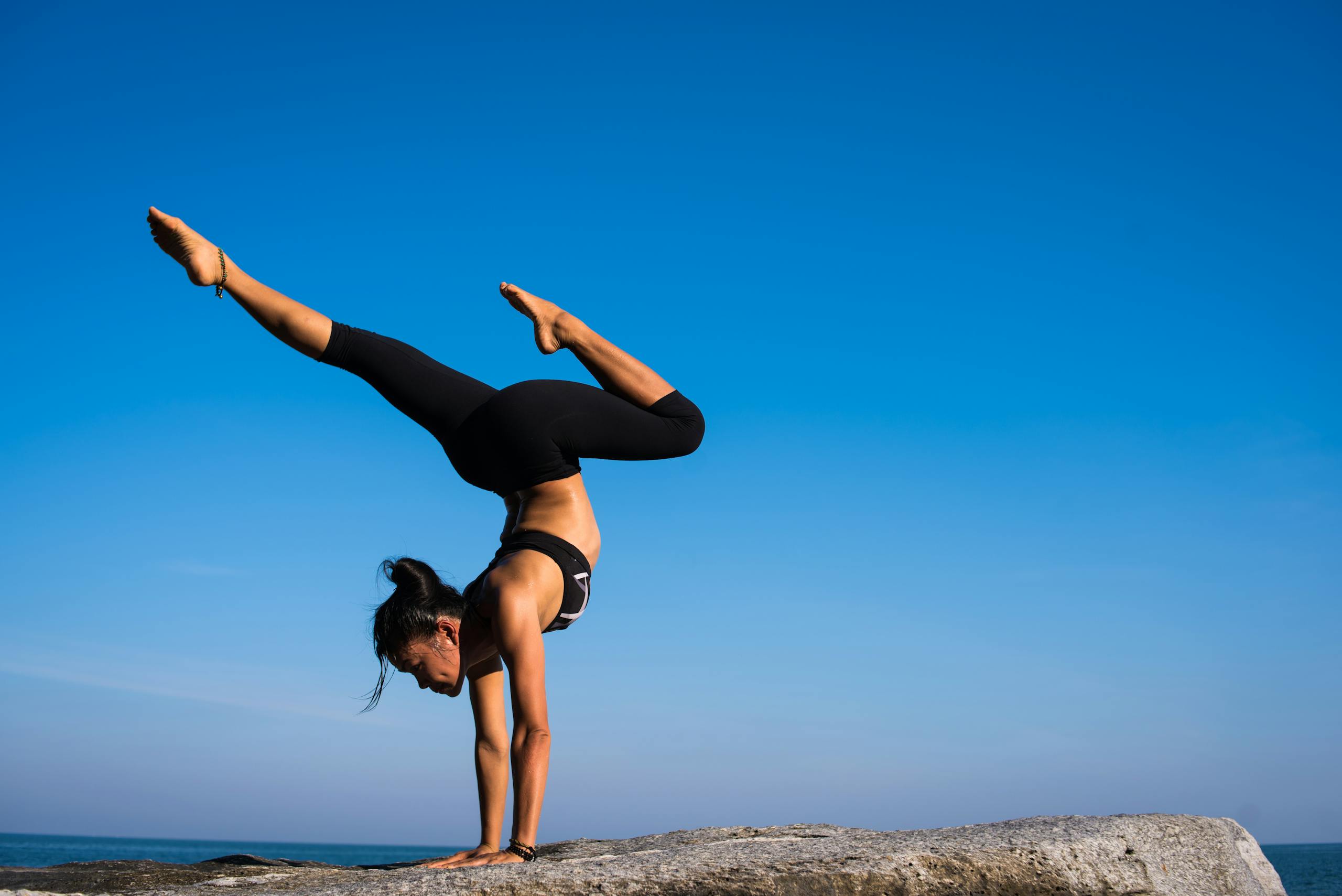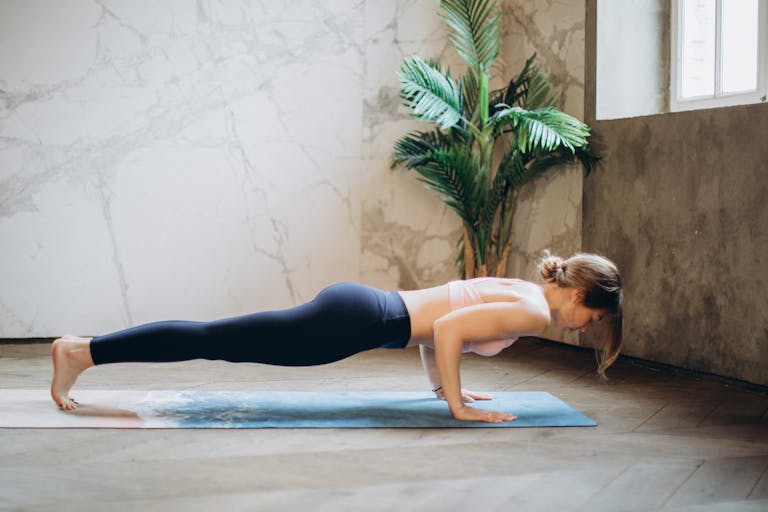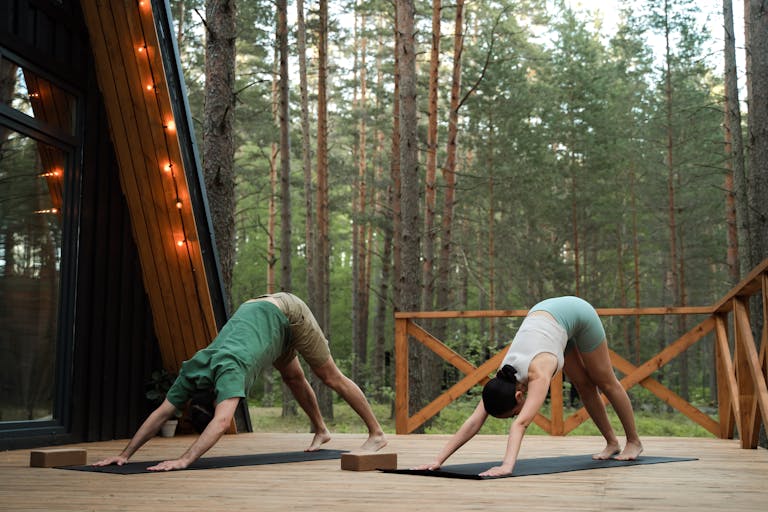Yoga for Beginners: How to Start Your Journey with Confidence
Stepping onto a yoga mat for the first time can feel both exciting and a little intimidating. Maybe you’ve seen people effortlessly flow through poses on Instagram or heard a friend rave about how yoga transformed their life. But where do you even begin if you’re not flexible, not sure about yoga jargon, and a little unsure if you’ll “fit in”?
Don’t worry—you’re not alone. Yoga isn’t about touching your toes or nailing a headstand; it’s about connecting with yourself, finding your breath, and moving in a way that feels good.
Here’s your guide to starting your yoga journey with confidence, clarity, and a bit of zen.
Why Start Yoga?
It’s About More Than Flexibility
Let’s bust a myth right now: you don’t need to be flexible to start yoga. In fact, yoga helps build flexibility over time. The real benefits are far deeper:
- Stress Relief: Yoga teaches you to slow down, breathe, and let go of daily stressors.
- Improved Strength: It’s a full-body workout that tones muscles while being gentle on joints.
- Mental Clarity: A consistent practice can help calm a racing mind and improve focus.
A Journey, Not a Competition
Yoga is wonderfully personal. There’s no pressure to “keep up” with anyone else in the room. Your yoga practice is yours—whether you’re mastering Downward Dog or spending the whole class in Child’s Pose.
Choosing the Right Yoga for You
Understanding the Styles
Yoga comes in many forms, and finding the right one for you can make all the difference. Here are a few popular styles to consider:
- Hatha Yoga: Perfect for beginners, this slower-paced style focuses on foundational poses and breathwork.
- Vinyasa Yoga: A flowing practice where you move from pose to pose in a sequence, usually set to music. Great for building strength and flexibility.
- Yin Yoga: A gentle, restorative practice that holds poses for longer. Ideal for deep stretching and relaxation.
- Ashtanga Yoga: A structured, dynamic sequence that builds strength and stamina. Best for those looking for a challenge.
If you’re unsure where to start, Hatha or Vinyasa classes are usually beginner-friendly and widely available.
Studio, Online, or At Home?
- Studios: Offer in-person guidance, a community vibe, and an immersive experience. Look for beginner-specific classes.
- Online Classes: Platforms like YouTube (e.g., Yoga with Adriene) are great for getting started at home without any pressure.
- At Home: If you’re feeling shy, create a small, calm space in your home to practice at your own pace.
What You Need to Get Started
One of the great things about yoga is how little you actually need.
Essentials
- A Yoga Mat: A non-slip mat is a must, especially if you’re practicing on hard floors.
- Comfortable Clothes: Stretchy, breathable fabrics like leggings and a tank top are perfect.
- Water Bottle: Stay hydrated, especially during more dynamic classes like Vinyasa.
Nice-to-Haves (But Not Essential)
- Blocks and Straps: Useful for modifying poses and supporting your body.
- Blanket or Bolster: Great for Yin or restorative yoga.
Your First Yoga Class: What to Expect
Walking Into the Room
Stepping into your first yoga class can feel a bit daunting, but remember: everyone was a beginner once. Most people are too focused on their own practice to notice what anyone else is doing.
The Flow of a Typical Class
- Centering: Most classes start with some quiet time to breathe and settle in.
- Warm-Up: Simple stretches to prepare your body for movement.
- Main Sequence: A mix of standing, seated, and balancing poses.
- Cool Down: Gentle stretches to relax your body.
- Savasana: The best part! A blissful few minutes lying down in total relaxation.
Pro Tip: Let the teacher know you’re new so they can offer modifications and support.
Tips to Feel Confident as a Beginner
1. Let Go of Perfection
Your Downward Dog doesn’t need to look like a magazine cover. Focus on how a pose feels rather than how it looks.
2. Use Props Without Shame
Blocks, straps, and bolsters are there to help. Using them doesn’t mean you’re “bad” at yoga—it means you’re smart about supporting your body.
3. Listen to Your Body
If a pose doesn’t feel right, skip it or modify. Yoga isn’t about pushing through pain—it’s about honoring where you are.
Building Your Yoga Practice
Start Small
Even 10 minutes a day can make a difference. Try simple poses like Cat-Cow, Child’s Pose, and Downward Dog to ease into your practice.
Find Your Routine
Some people love early-morning yoga to start the day, while others prefer unwinding with an evening flow. Experiment to see what works for you.
Stay Consistent
Progress in yoga comes from regular practice, not from being perfect. Show up for yourself, even on days when it feels hard.
How Yoga Supports Your Wellness Journey
For many people, yoga becomes more than just a workout—it’s a cornerstone of their wellness routine.
- Mindfulness: Yoga teaches you to be present, which spills over into everyday life.
- Stress Reduction: Breathwork techniques help calm your nervous system, making it easier to handle challenges.
- Body Awareness: You’ll start to notice how your body moves and feels, helping you prevent injury and stay balanced.
Final Thoughts
Starting yoga is one of the most rewarding things you can do for your mind and body. It’s not about touching your toes or achieving Insta-worthy poses—it’s about creating a space for yourself to breathe, move, and just be.
So grab your mat, let go of expectations, and embrace the journey. Yoga has a way of meeting you exactly where you are, whether you’re a total beginner or just looking to deepen your practice.
You’ve got this—see you on the mat! 🧘♀️



